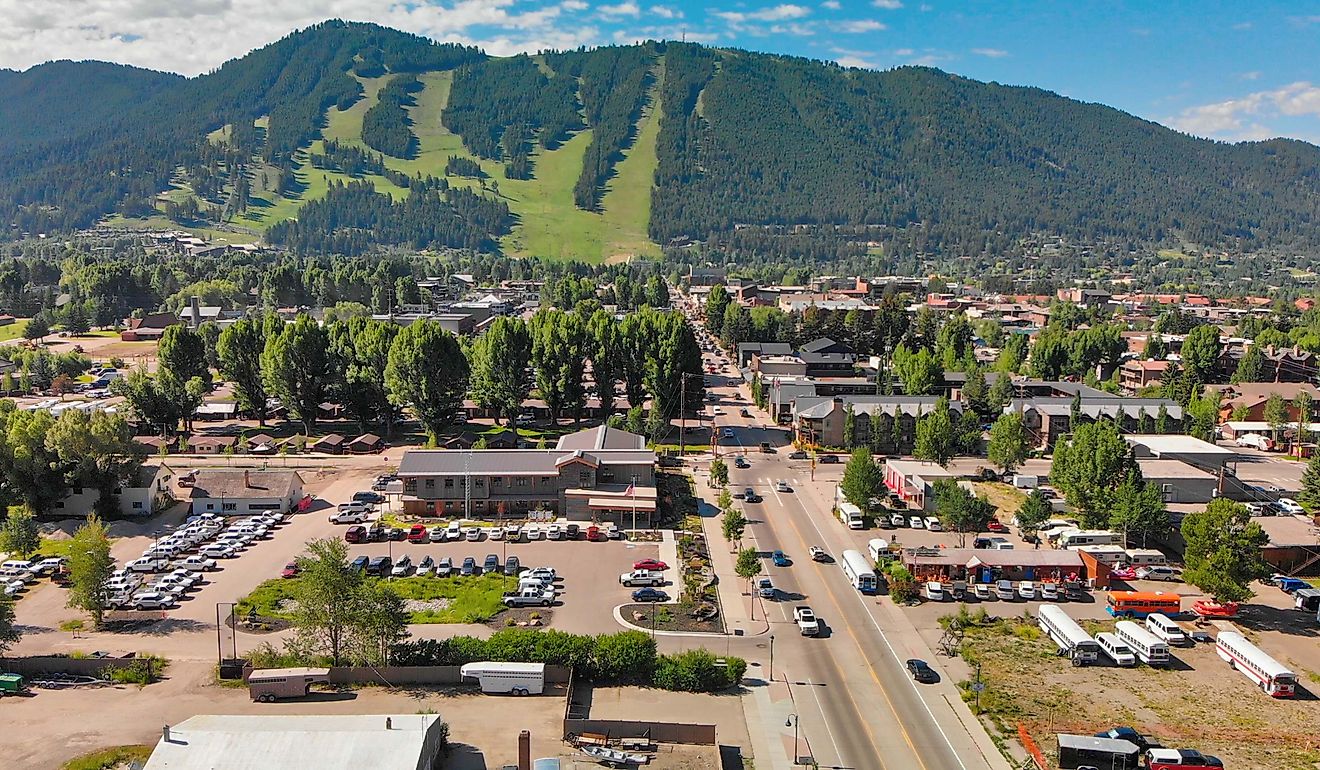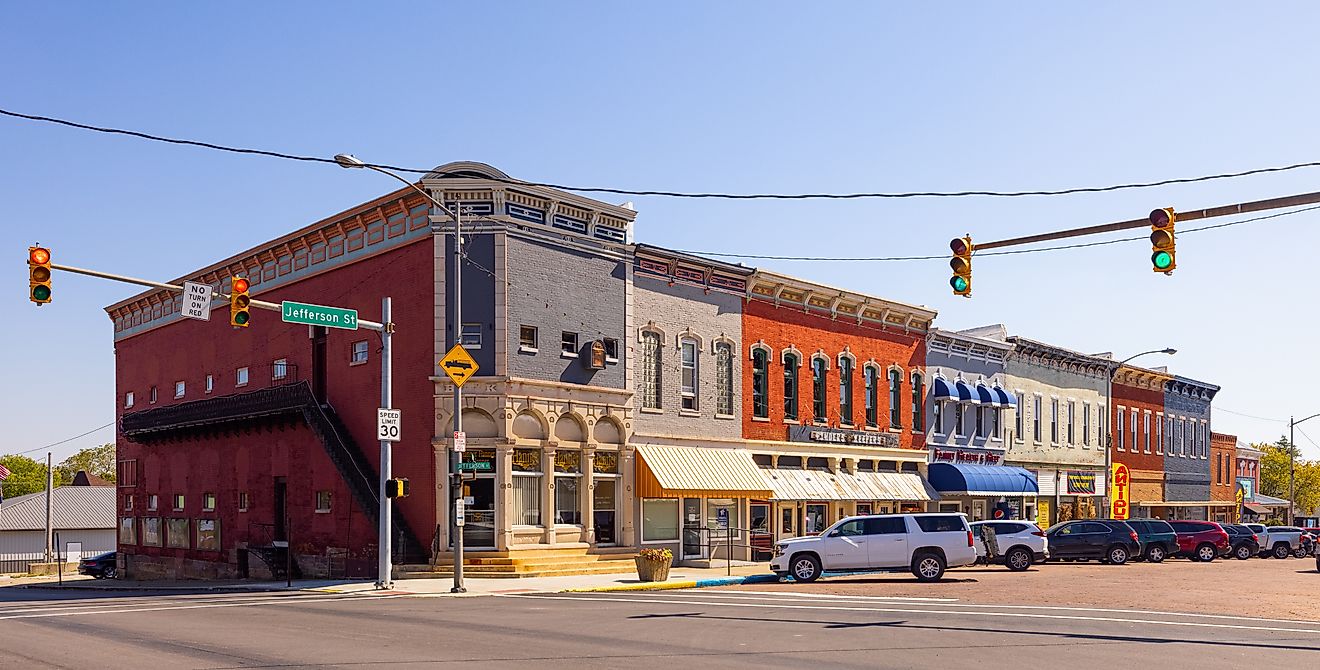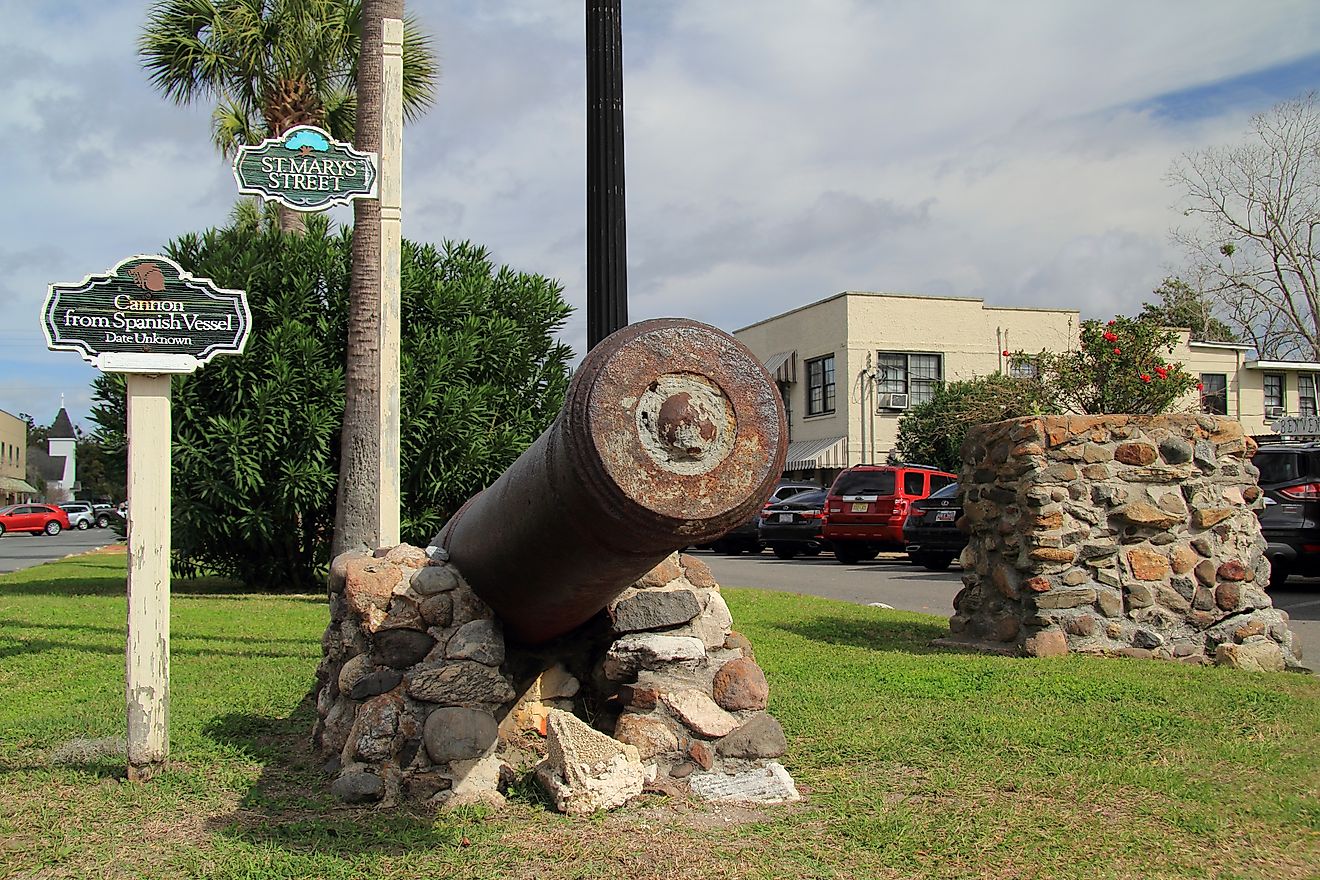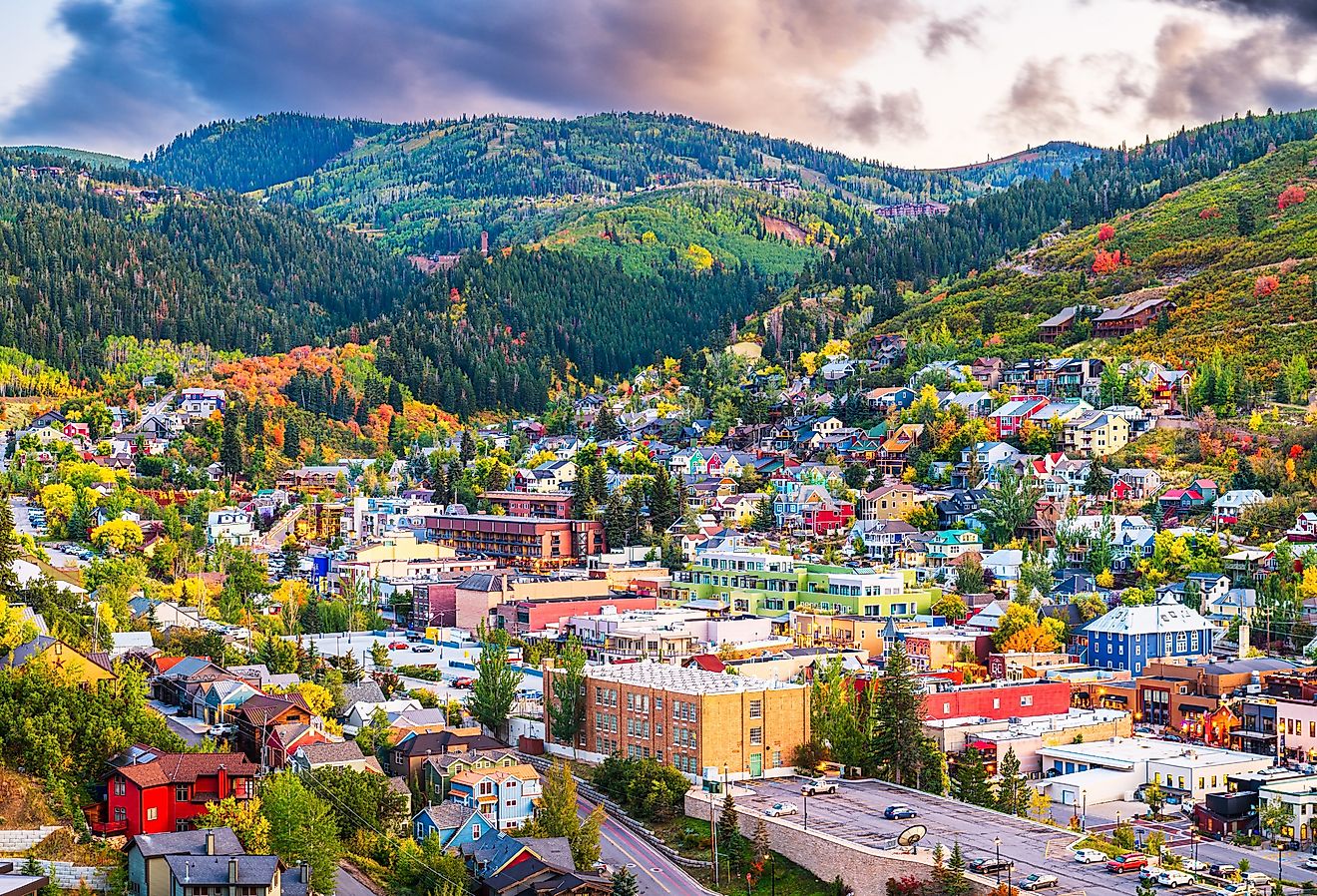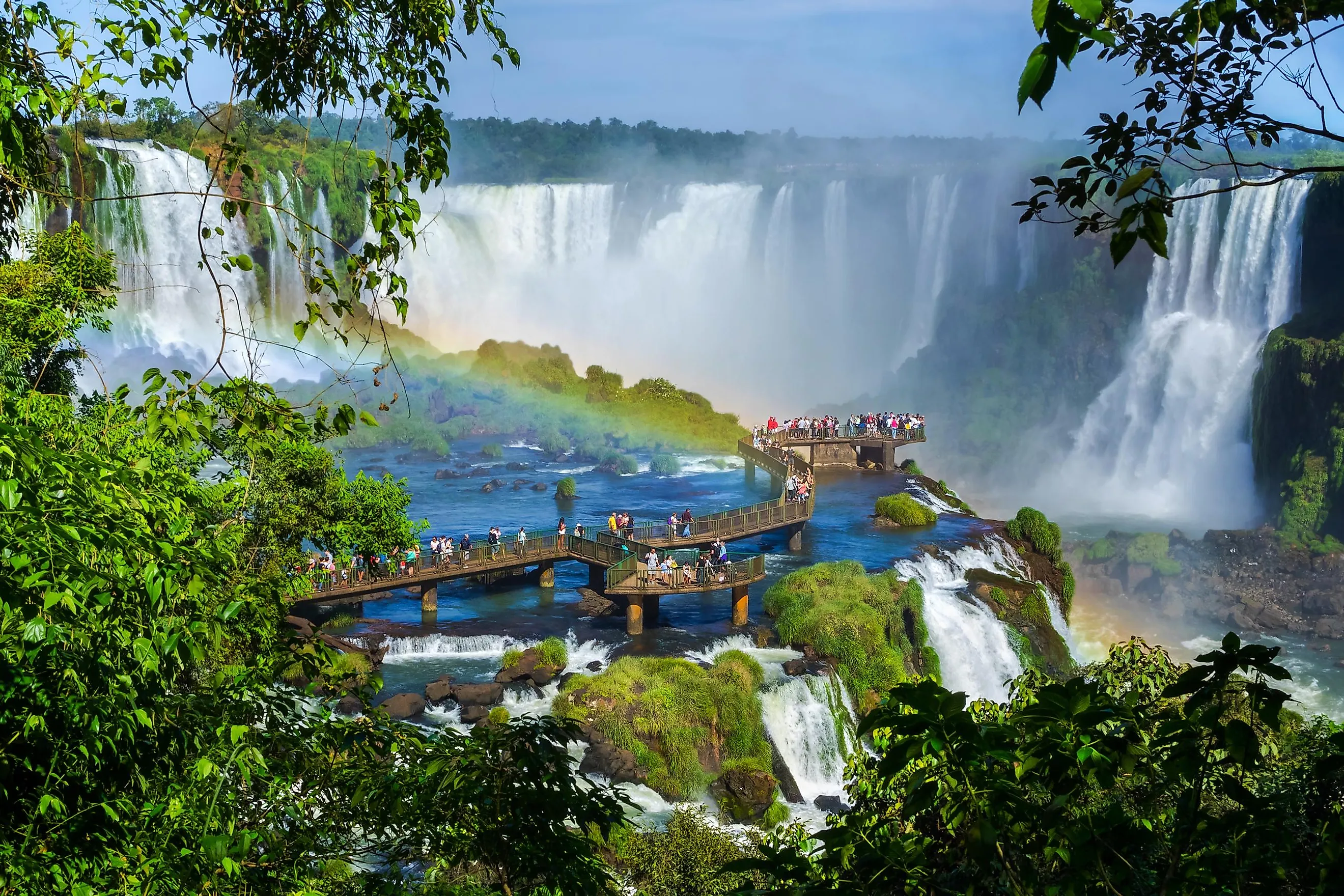
Iguazu Falls
Iguazu Falls, also known as Iguacu Falls and Iguassu Falls, is a series of exquisite waterfalls on the Iguazu River, located on the Brazil-Argentina border. The 275 individual waterfalls are what divides the Iguazu into lower and upper portions, a fact that gave rise to several legends and myths about their origin. The Iguazu Falls are 2.7 kilometers wide and have varying heights between 60 meters and 82 meters, making it the world’s largest waterfall. North America’s Niagara Falls is only a third as wide as the Iguazu Falls.
Location
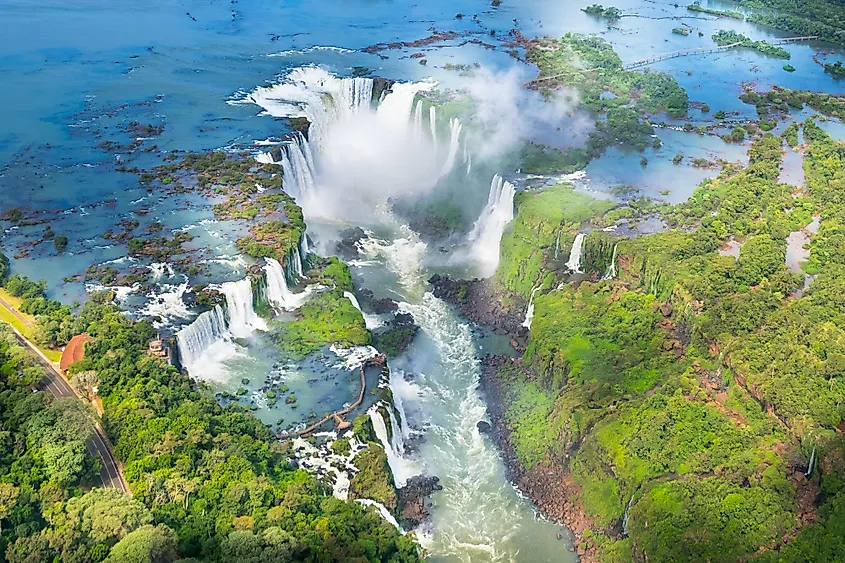
The Iguazu River is a tributary of the Parana River and an important geographical and political feature of the South American continent. The river forms a natural boundary between Brazil and Argentina, separating Parana State and Misiones Province. The Iguazu Falls are located about 23 kilometers above the river’s confluence with the Parana River, at the Brazil-Argentina border. The waterfall is part of the Iguazu National Park, a 2,530-square kilometer national park divided into Puerto Iguazu National Park (Argentina) and Foz de Iguazu (Brazil). In Argentina, the falls are about 18 and 29 kilometers from Puerto Iguazu and Foz de Iguazu cities, while in Brazil, they are 27 and 29 kilometers from the respective cities.
Geography
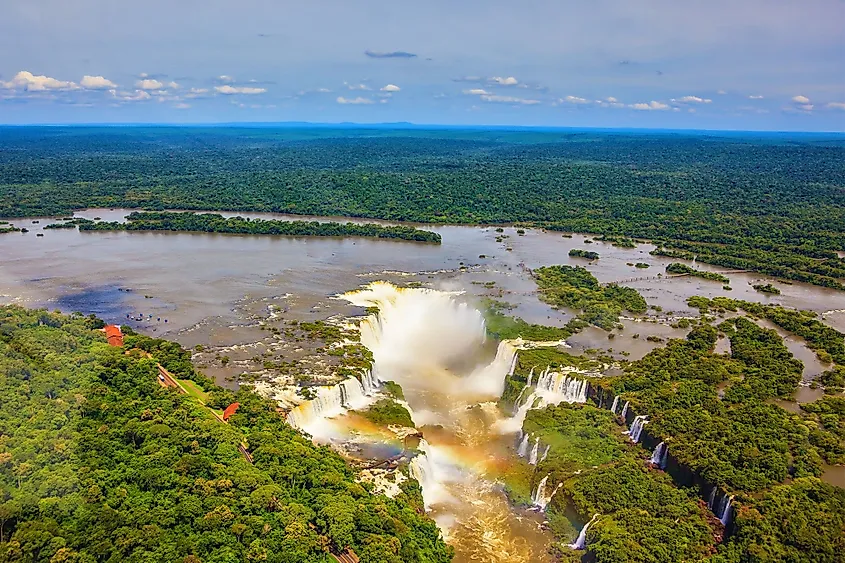
The Iguazu Falls contain 275 different waterfalls, divided by the numerous wooded and rocky islands along the edge of the 2.7-km-long escarpment over which the Iguazu River plunges. The waterfalls vary in height, between 60 and 82 meters. The Iguazu Falls are about twice as wide as and about 20 meters taller than Niagara Falls. However, Africa’s Victoria Falls is higher than Iguazu, with a total height of 108 meters.
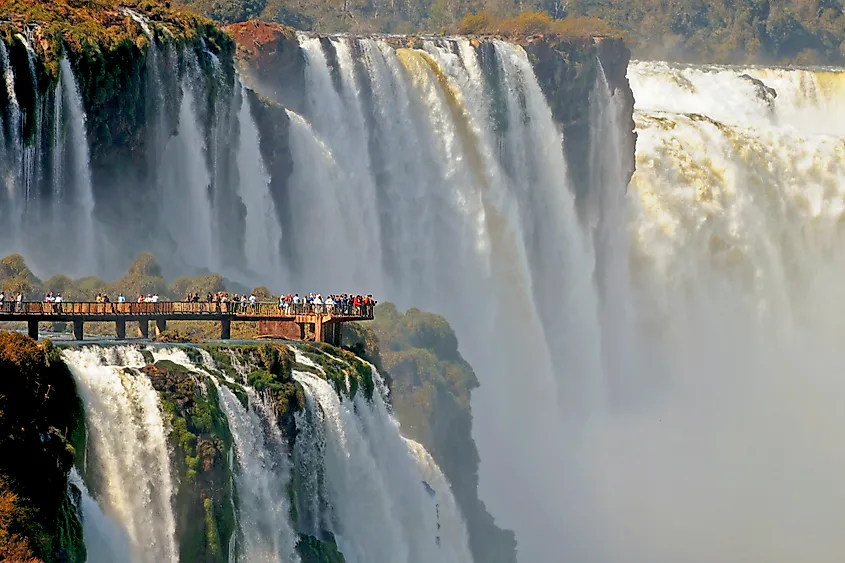
Almost half of the water from the Iguazu River falls into the Devil’s Throat, a chasm that is 700 meters long, 80 meters wide, and 82 meters high. The other half of the river’s water forms about 200 individual drops. From the foot of the Devil’s Throat, a mist rises over 120 meters into the air. The falls flow at a maximum rate of 12,750 cubic meters per second and a minimum of 1,756 cubic meters per second. The largest of the Iguazu Falls are Adam and Eve, San Martin, Bergona, and Penoni.
Distribution
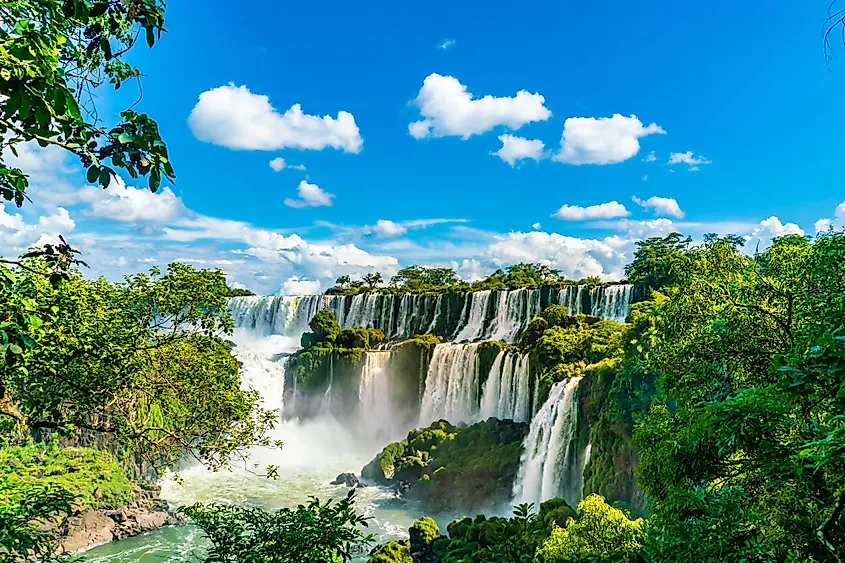
The Iguazu Falls straddle the Brazil-Argentina border, with the boundary line cutting through the Garganta del Diablo (Devil’s Throat). The two countries share the 62,000-square kilometer Iguazu River basin, with 95% of the basin area in Brazil and the rest in Argentina. However, about 80% of the falls are in Argentina, with Brazil owning only 20%. Falls on the Brazilian side include Deodoro, Benjamin Constant, and Floriano, while on the Argentinian side, the falls include San Martin, Dos Hermanas, Rivadavia, Escondido, and Bozzetti.
Brief History
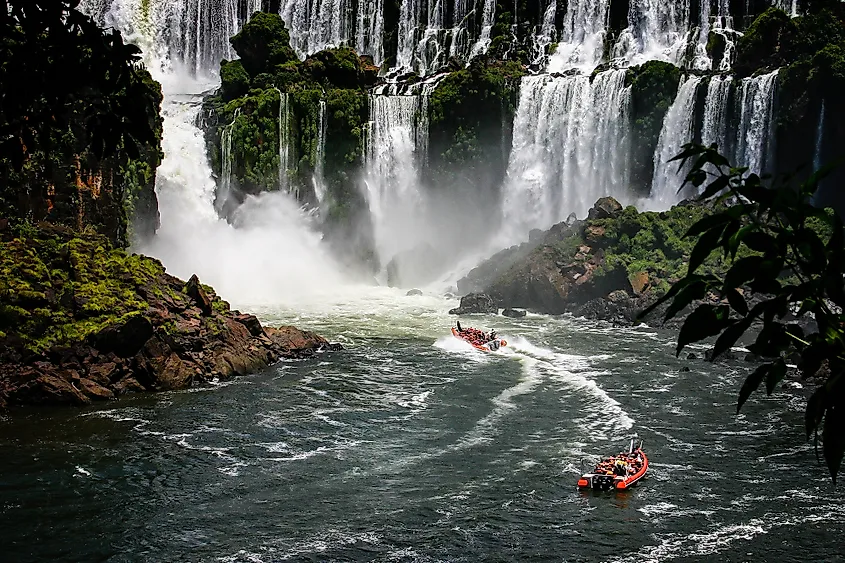
The name “Iguazu” originates from the Tupi or Guarani word “Yguasu” translated by the Spanish as “Agua Grande” meaning “big water.” Although the Brazilians and Argentines knew of its existence, it was discovered by the Europeans in 1541 when Alvar Nunez Cabeza de Vaca, a Spanish conquistador, came across it on his journey to Paraguay. Awestruck by the falls’ beauty, Alvar named them “Saltos del Santa Mary.” Later, the Jesuits arrived in the region and settled in Misiones Province and other areas in Brazil and Paraguay. However, the place was forgotten for decades after the Spanish Crown expelled the Jesuits.
In 1907, Argentine politician and businessman Gregorio Lezama sold the land to Domingo Ayarragaray, who discovered the region’s tourism potential. With more tourists visiting the falls, the surrounding area was designated as Iguazu National Park in 1934. Fifty years later, UNESCO declared the park as World Heritage Site and as Exceptional Universal Value in 2013 due to the park’s natural and cultural significance.
Tourism
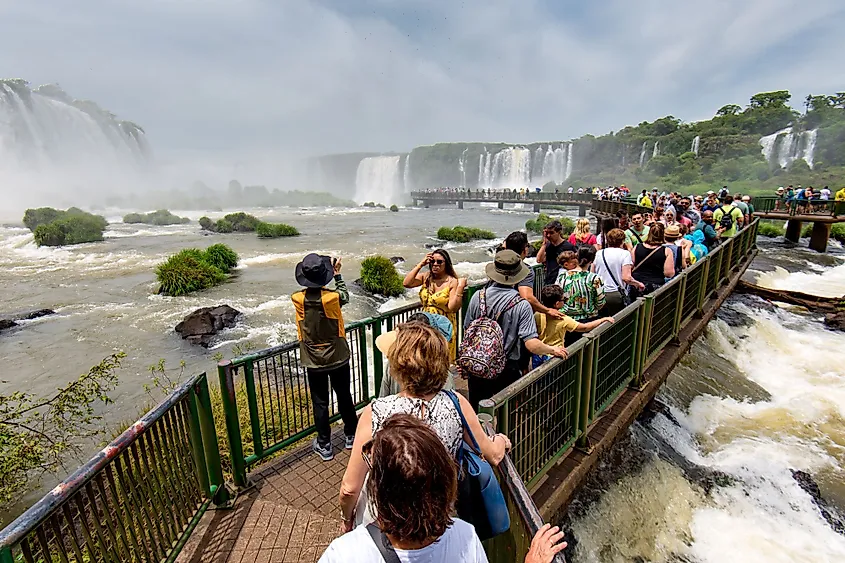
The Iguazu Falls is one of South America’s popular destinations, with hundreds of thousands of tourists visiting the park every year. In 2019, about 1.6 million foreign and local tourists visited the park. The park is accessible from either Foz de Iguazu in Brazil or Puerto Iguazu in Argentina. Both cities are served by international airports, making it easier for tourists to access the Iguazu National Park.



